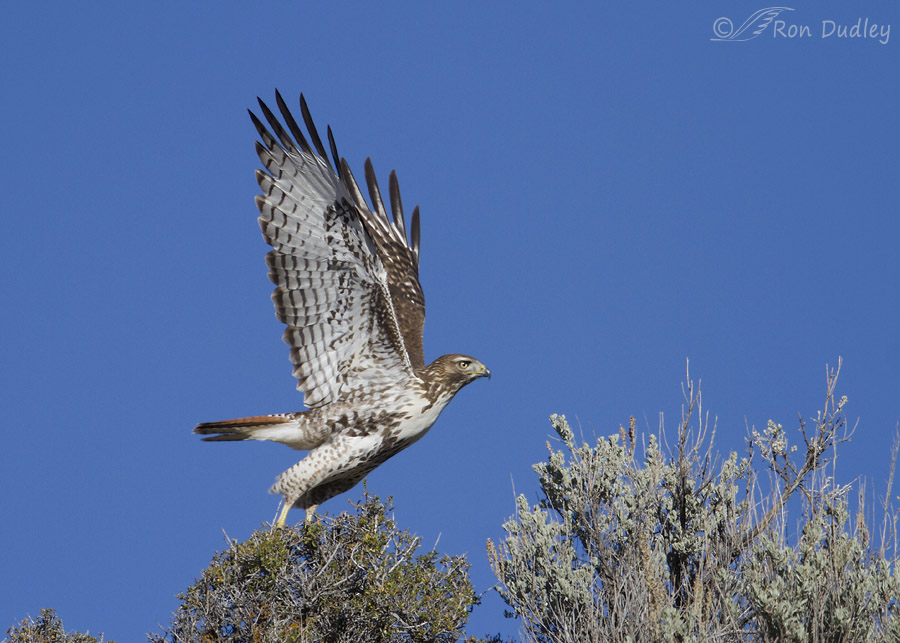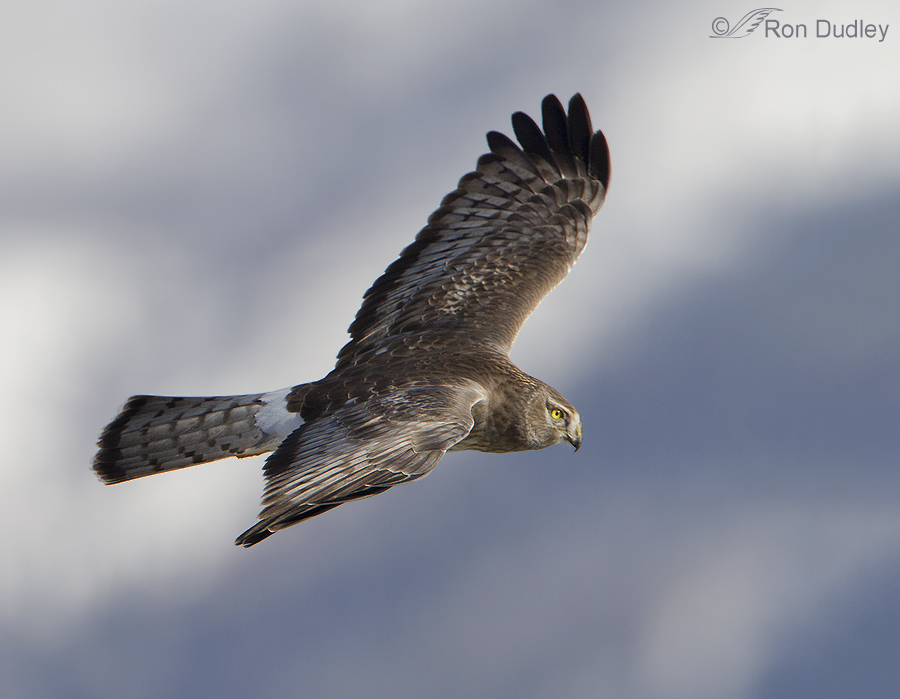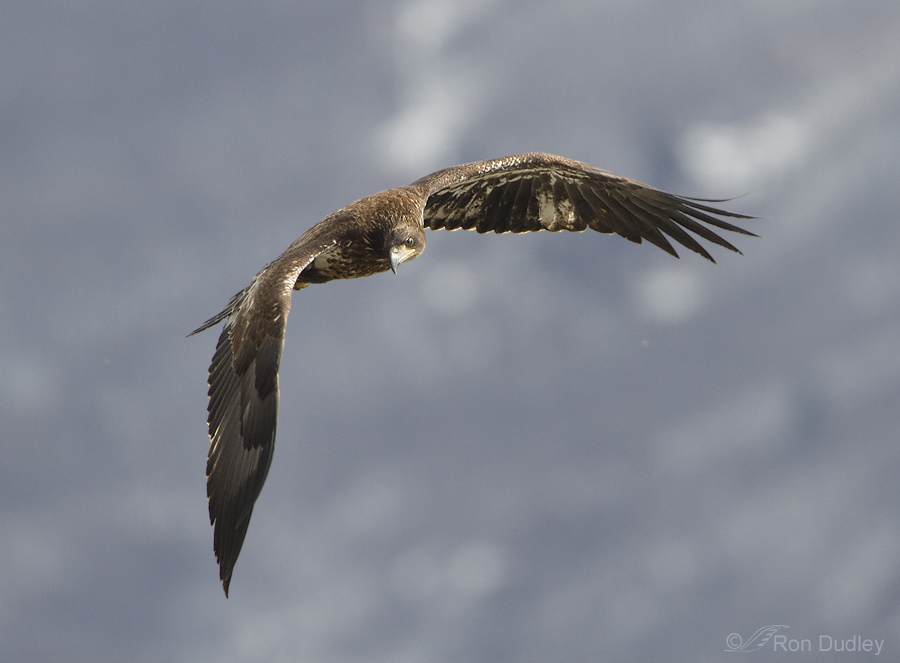Tag: wasatch mountains
Western Scrub Jay (and a question of composition)
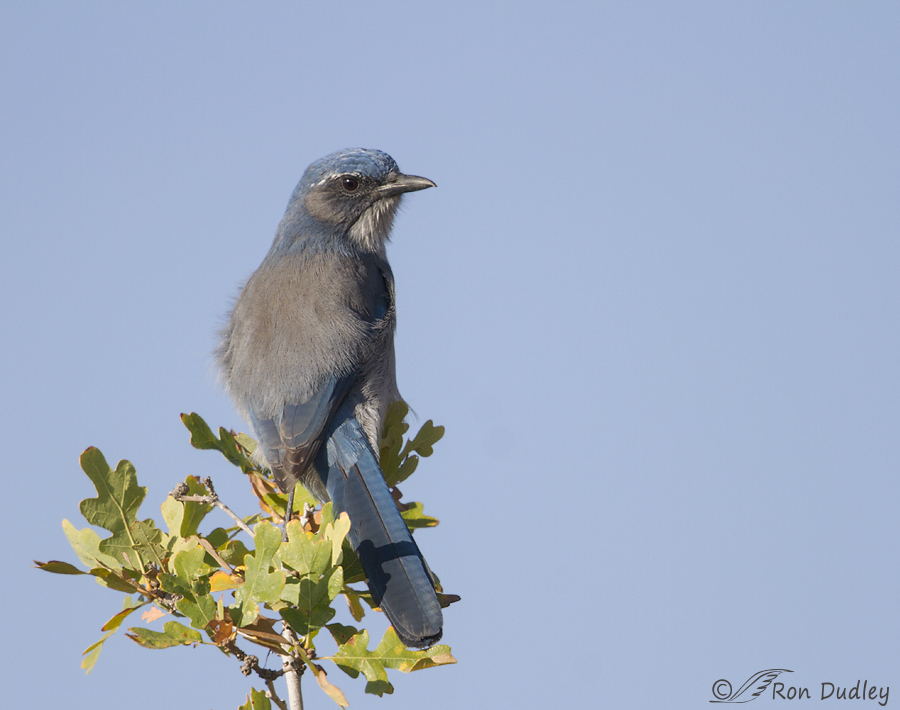
As common as they are in some areas I have very few quality images of Western Scrub Jays. They frequent scrub woodlands dominated by pinon pines or oaks in the west so it isn’t unusual for them to be found in Utah neighborhoods adjacent to the mountains where they sometimes visit bird feeders. I prefer to photograph them in their native habitat but they’re more shy there which partially explains my lack of images of the species.
Northern Harrier Kiting Against A Mountain Backdrop
Moose Of Skyline Drive
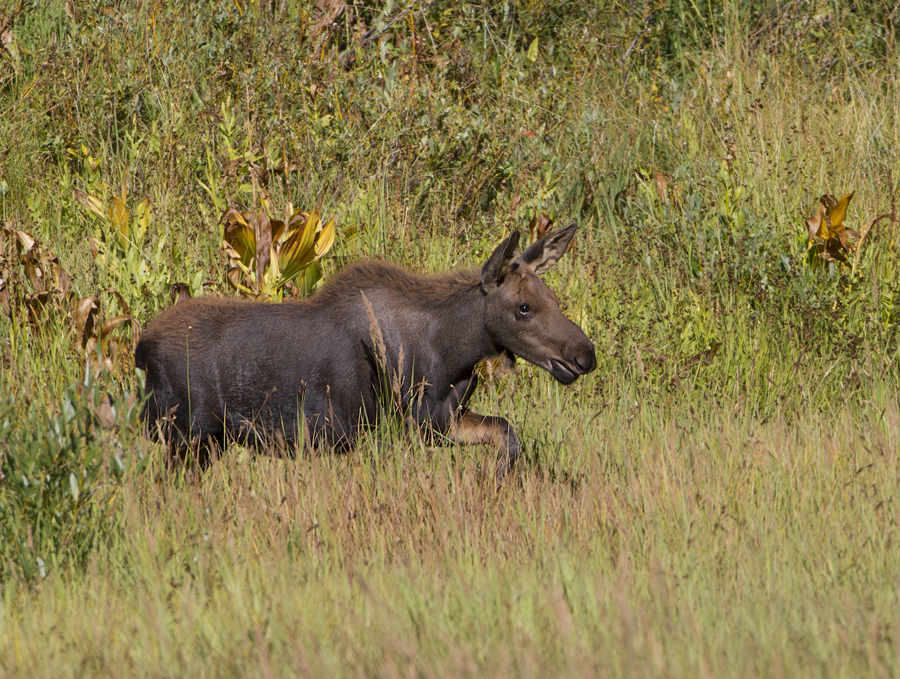
Last week we drove up to the top of Bountiful Peak in the Wasatch Mountains via Skyline Drive. The 25 mile (not including the side roads we took) loop road between Bountiful and Farmington is gravel, winding and narrow but the views of the valley below from elevations up to 9200 feet are spectacular and the wildlife and bird possibilities beckoned us. We mostly struck out with birds but had a great time with a momma moose and her calf at the edge of some ponds.
A Compositional Conundrum – Immature Bald Eagle
The Dusky Grouse And The Good Samaritan
Remembering to call this species the “Dusky Grouse” is going to be a challenge for me. For years they’ve been called Blue Grouse, with two recognized sub-species – Dusky Grouse and Sooty Grouse. But based on recent mitochondrial DNA studies the two sub-species of Blue Grouse are now recognized as separate species. Apparently the common name “Blue Grouse” will no longer be used. 1/2500, f/7.1, ISO 640, 500 f/4, 1.4 tc, natural light I came across this male a couple of days ago while high in the Wasatch Mountains on Francis Peak along Skyline Drive. I was driving up a steep, narrow road and just as I stopped to photograph the bird a hunter in a pickup came down the road right in front of us. If he had continued forward the bird would have spooked but when he spotted it and noticed our long lenses pointed at the grouse he very considerately stopped for several minutes so that we could get our shots. When we had our images I motioned for him to continue, which he did and yes – the bird flew off. I talked to him for a minute or so and thanked him for his kind deed. In the past I’ve taken the occasional pot shot at hunters on this blog. But the considerate act of this sportsman reminds me once again to avoid stereotypes – that the unethical, inconsiderate and/or unsportsmanlike behavior of a few renegade hunters should not reflect on the entire group – just as similar behaviors of relatively small numbers of nature photographers should…
Farmington Bay Bald Eagles 2012 – A Bust!
Farmington Bay Wildlife Management Area is typically a mecca for birders and bird photographers during January and February. When it gets very cold many of Utah’s wintering Bald Eagles congregate there and create quite the spectacle for avian enthusiasts. Though I’m not particularly fond of photographing birds among throngs of people I usually can’t resist the unusual opportunity with these magnificent birds and join in the fray multiple times during the “season”. 1/1250, f/7.1, ISO 500, 500 f/4, 1.4 tc One thing that especially appeals to me about Farmington Bay is the opportunity to photograph these eagles in flight with the Wasatch Mountains as a background. Even though such a background makes it much more difficult for focus to “lock on” the bird I really like the dramatic backdrop the dark, often shaded mountains provide when there’s light on the eagle – much more appealing for me than the typical blue sky background. Typically there are hundreds of eagles at the refuge during “prime time”. I once counted 225 birds and that’s just the ones I could see. Others have reported from 300-400 birds. This photo should give you some idea, though it shows just one small portion of Unit One. The concentration of birds was about the same that day everywhere you looked over the ice. This is the famous “eagle tree”. I’ve seen as many as 20 birds on this one perch alone. Of course the eagles prefer to look south over the ice and water so it’s difficult…
Bald Eagles at Farmington Bay
I paid another visit to Farmington yesterday and while I got some nice shots of a few other species I was reminded of the Bald Eagles that were winter residents out there just a few short months ago. I miss them. So when it turned overcast this morning and I couldn’t go out photographing birds I decided to revisit some of the eagle images I got at Farmington three months ago. Canon 7D, 1/2500, f/7.1, ISO 500, 500 f/4, 1.4 tc This carp may have been an easy catch for the eagle because the water was quite shallow and the fish was likely stunned (though it did appear to still be alive) by the rotenone used to control these fish at the refuge. Canon 7D, 1/2500, f/7.1, ISO 500, 500 f/4, 1.4 tc Both of these images of the eagle with the fish were difficult exposures with the white head facing toward the sun but I liked the action and the good look at the carp. Canon 7D, 1/2000, f/6.3, ISO 500, 500 f/4, 1.4 tc This is one of my better exposures on both the white head and the very dark body and wing plumage in the species. Early morning light certainly helped with that exposure. Canon 7D, 1/1250, f/6.3, ISO 500, 500 f/4, 1.4 tc I like the unusual head turn from this juvenile bird and the Wasatch Mountain background. Canon 7D, 1/4000, f/6.3, ISO 640, 500 f/4, 1.4 tc (wish I’d had lower ISO in this image…
Northern Harrier Males – “Grey Ghosts”
The degree of sexual dimorphism (the condition in which males and females of a species are morphologically different) in Northern harriers is exceptional among birds of prey. Many raptors are sexually dimorphic in size (see my “Great Horned Owls on the Farm” post) but Northern Harrier males and females are distinctly different in both size and color. Adult female Northern Harrier This bird is a juvenile female, identified by the mostly solid rufous chest and dark eye. The adult female would look much the same but with a streaked breast and a lighter colored eye. By weight, females are about 50% heavier than males. Both sexes have the distinctive white rump patch that is so difficult to photograph without blowing the whites. Adult male Northern Harrier Adult males are gray above, much lighter below and have black wing tips. And their bright yellow eyes are quite distinctive. Adult male hunting Juvenile birds of both sexes resemble the female in plumage color so relatively few adult males are seen and photographed. For this reason mature males have long been referred to as “Grey Ghosts”. Perched adult male Whether perched or in flight many believe the adult male harrier to be one of the most beautiful raptors. Adult male flying past Phragmites Eye color in the males can vary from orange-yellow to lemon yellow. At times they’re so bright that some folks after seeing my images have thought that I had increased their saturation for effect during image processing. I hadn’t and I don’t. …
Western Scrub Jay (and a question of composition)

As common as they are in some areas I have very few quality images of Western Scrub Jays. They frequent scrub woodlands dominated by pinon pines or oaks in the west so it isn’t unusual for them to be found in Utah neighborhoods adjacent to the mountains where they sometimes visit bird feeders. I prefer to photograph them in their native habitat but they’re more shy there which partially explains my lack of images of the species.
Northern Harrier Kiting Against A Mountain Backdrop
Moose Of Skyline Drive

Last week we drove up to the top of Bountiful Peak in the Wasatch Mountains via Skyline Drive. The 25 mile (not including the side roads we took) loop road between Bountiful and Farmington is gravel, winding and narrow but the views of the valley below from elevations up to 9200 feet are spectacular and the wildlife and bird possibilities beckoned us. We mostly struck out with birds but had a great time with a momma moose and her calf at the edge of some ponds.
A Compositional Conundrum – Immature Bald Eagle
The Dusky Grouse And The Good Samaritan
Remembering to call this species the “Dusky Grouse” is going to be a challenge for me. For years they’ve been called Blue Grouse, with two recognized sub-species – Dusky Grouse and Sooty Grouse. But based on recent mitochondrial DNA studies the two sub-species of Blue Grouse are now recognized as separate species. Apparently the common name “Blue Grouse” will no longer be used. 1/2500, f/7.1, ISO 640, 500 f/4, 1.4 tc, natural light I came across this male a couple of days ago while high in the Wasatch Mountains on Francis Peak along Skyline Drive. I was driving up a steep, narrow road and just as I stopped to photograph the bird a hunter in a pickup came down the road right in front of us. If he had continued forward the bird would have spooked but when he spotted it and noticed our long lenses pointed at the grouse he very considerately stopped for several minutes so that we could get our shots. When we had our images I motioned for him to continue, which he did and yes – the bird flew off. I talked to him for a minute or so and thanked him for his kind deed. In the past I’ve taken the occasional pot shot at hunters on this blog. But the considerate act of this sportsman reminds me once again to avoid stereotypes – that the unethical, inconsiderate and/or unsportsmanlike behavior of a few renegade hunters should not reflect on the entire group – just as similar behaviors of relatively small numbers of nature photographers should…
Farmington Bay Bald Eagles 2012 – A Bust!
Farmington Bay Wildlife Management Area is typically a mecca for birders and bird photographers during January and February. When it gets very cold many of Utah’s wintering Bald Eagles congregate there and create quite the spectacle for avian enthusiasts. Though I’m not particularly fond of photographing birds among throngs of people I usually can’t resist the unusual opportunity with these magnificent birds and join in the fray multiple times during the “season”. 1/1250, f/7.1, ISO 500, 500 f/4, 1.4 tc One thing that especially appeals to me about Farmington Bay is the opportunity to photograph these eagles in flight with the Wasatch Mountains as a background. Even though such a background makes it much more difficult for focus to “lock on” the bird I really like the dramatic backdrop the dark, often shaded mountains provide when there’s light on the eagle – much more appealing for me than the typical blue sky background. Typically there are hundreds of eagles at the refuge during “prime time”. I once counted 225 birds and that’s just the ones I could see. Others have reported from 300-400 birds. This photo should give you some idea, though it shows just one small portion of Unit One. The concentration of birds was about the same that day everywhere you looked over the ice. This is the famous “eagle tree”. I’ve seen as many as 20 birds on this one perch alone. Of course the eagles prefer to look south over the ice and water so it’s difficult…
Bald Eagles at Farmington Bay
I paid another visit to Farmington yesterday and while I got some nice shots of a few other species I was reminded of the Bald Eagles that were winter residents out there just a few short months ago. I miss them. So when it turned overcast this morning and I couldn’t go out photographing birds I decided to revisit some of the eagle images I got at Farmington three months ago. Canon 7D, 1/2500, f/7.1, ISO 500, 500 f/4, 1.4 tc This carp may have been an easy catch for the eagle because the water was quite shallow and the fish was likely stunned (though it did appear to still be alive) by the rotenone used to control these fish at the refuge. Canon 7D, 1/2500, f/7.1, ISO 500, 500 f/4, 1.4 tc Both of these images of the eagle with the fish were difficult exposures with the white head facing toward the sun but I liked the action and the good look at the carp. Canon 7D, 1/2000, f/6.3, ISO 500, 500 f/4, 1.4 tc This is one of my better exposures on both the white head and the very dark body and wing plumage in the species. Early morning light certainly helped with that exposure. Canon 7D, 1/1250, f/6.3, ISO 500, 500 f/4, 1.4 tc I like the unusual head turn from this juvenile bird and the Wasatch Mountain background. Canon 7D, 1/4000, f/6.3, ISO 640, 500 f/4, 1.4 tc (wish I’d had lower ISO in this image…
Northern Harrier Males – “Grey Ghosts”
The degree of sexual dimorphism (the condition in which males and females of a species are morphologically different) in Northern harriers is exceptional among birds of prey. Many raptors are sexually dimorphic in size (see my “Great Horned Owls on the Farm” post) but Northern Harrier males and females are distinctly different in both size and color. Adult female Northern Harrier This bird is a juvenile female, identified by the mostly solid rufous chest and dark eye. The adult female would look much the same but with a streaked breast and a lighter colored eye. By weight, females are about 50% heavier than males. Both sexes have the distinctive white rump patch that is so difficult to photograph without blowing the whites. Adult male Northern Harrier Adult males are gray above, much lighter below and have black wing tips. And their bright yellow eyes are quite distinctive. Adult male hunting Juvenile birds of both sexes resemble the female in plumage color so relatively few adult males are seen and photographed. For this reason mature males have long been referred to as “Grey Ghosts”. Perched adult male Whether perched or in flight many believe the adult male harrier to be one of the most beautiful raptors. Adult male flying past Phragmites Eye color in the males can vary from orange-yellow to lemon yellow. At times they’re so bright that some folks after seeing my images have thought that I had increased their saturation for effect during image processing. I hadn’t and I don’t. …


